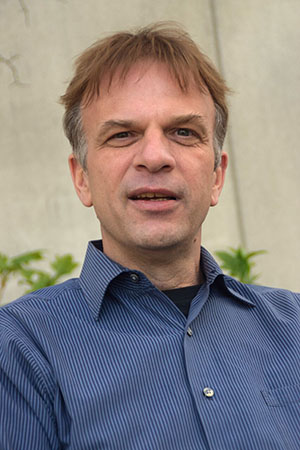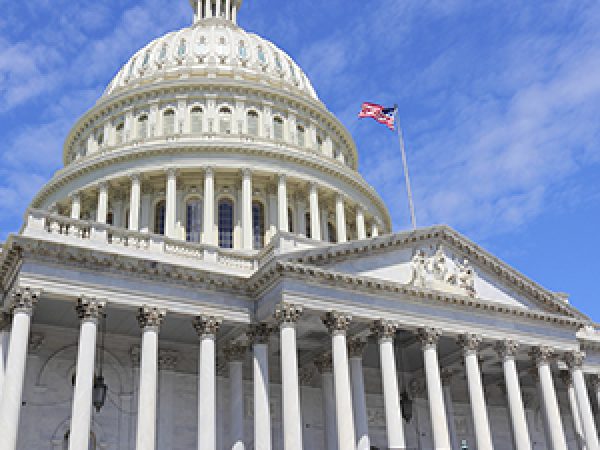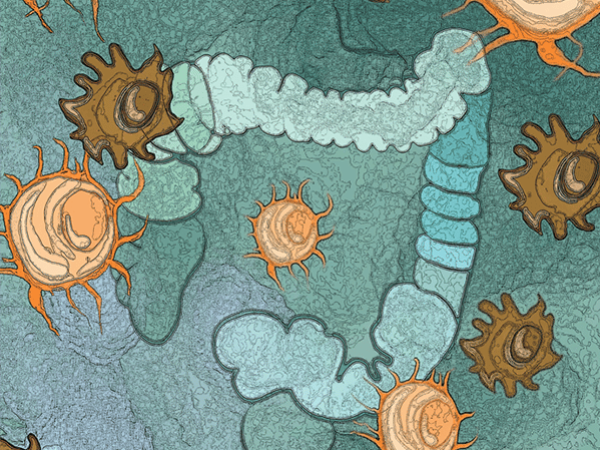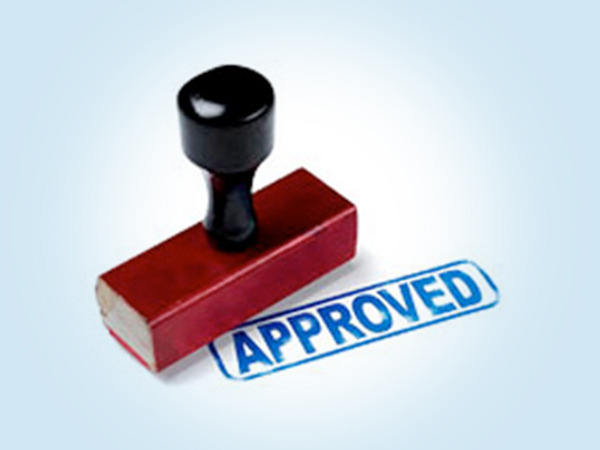AACR Annual Meeting 2016: A Different Approach to Explaining Environment and Accident in Causing Cancer
On April 19, Sven Bilke, PhD, staff scientist in the Genetics Branch of the National Cancer Institute, discussed his new mathematical model at the AACR Annual Meeting, which, he said, can better define the contributions of environment and accidents from cell division to a person’s risk for cancer.
Bilke’s mathematical model takes into account the number of mutations required to initiate a specific type of cancer to estimate mutational activity, rather than cancer initiation, as the elementary event (as reported in two studies last year, one of which generated the “bad luck” hypothesis), because this can help better define the contributions of environmental factors and cellular factors in cancer initiation, he explained.
What is the controversy behind the paper that proposed the “bad luck” theory?
Researchers Cristian Tomasetti and Bert Vogelstein published a study in Science last year that sparked a lot of controversy, partly because of misinterpretation of the findings and their implications by some reports, but also because some questioned the statistical approach taken by the authors.
To recap, the study found a correlation between the number of cell divisions in different tissues and the lifetime risk of getting cancer in that tissue. They concluded that only about one-third of the variation in cancer risk among different tissues can be attributed to environmental factors or inherited predispositions.
“The majority is due to ‘bad luck’, that is, random mutations arising during DNA replication in normal, noncancerous stem cells,” the authors wrote in their paper.
Later, another paper published in Nature by Song Wu and colleagues questioned Tomasetti’s and Vogelstein’s interpretation by pointing out that the mathematical model they had chosen was intrinsically insensitive toward changes in the environment that can influence cancer risk, and therefore, cannot distinguish between environment and accident. In their study, they showed that the rates of accumulation of endogenous mutations caused by cellular processes are not sufficient to account for the observed cancer risks.
“However, both Tomasetti and Wu analyzed ‘cancer initiation’ as the elementary process,” noted Bilke.
Studying “cancer-driver mutations,” not “cancer initiation,” is key, says Bilke.
Both published studies found that cancer incidence rates closely track the number of cell cycles. But they disagreed on how to choose the baseline that defines the intrinsic cellular, or “bad luck,” component of the risk, Bilke says. Consequently, they disagreed on what constitutes the excess, environmentally driven cancer risk, he added.
“In our analysis, we studied ‘cancer-driver mutations’ as opposed to ‘cancer initiation,’” Bilke continued. “It is well established that cancer is the consequence of driver mutations, and the immediate impact of environmental as well as accidental factors is mutation, not cancer initiation.”
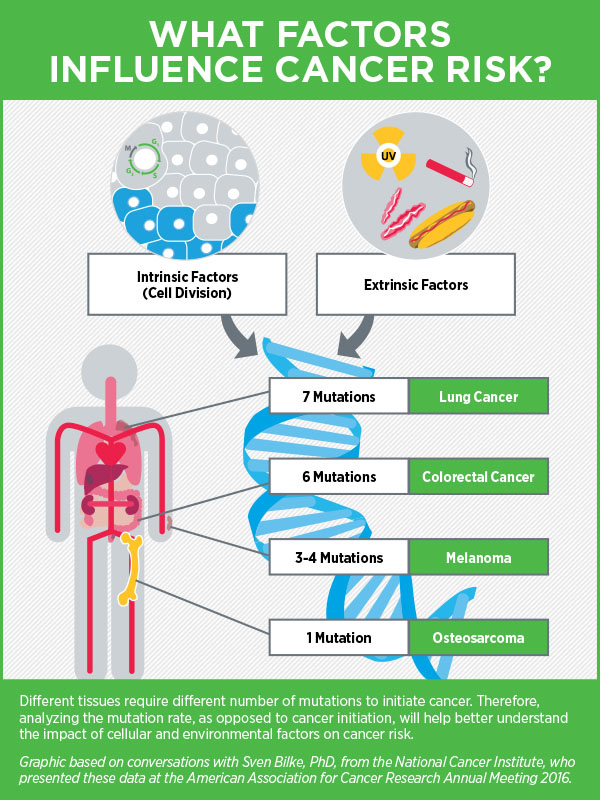
Excess mutations caused by the environment (or lack thereof) should thus be seen in the mutation rate, with the cancer-initiation rate recapitulating that excess in a complex way, he added.
“Our work estimates this mutation rate from the same data the other two studies used by taking into account that different cancer types require a different number of driver mutations to occur. For example, it takes about six mutations on average to initiate colorectal cancer, while only two mutations are sufficient to initiate retinoblastoma,” Bilke said.
So, how much of the risk is from environmental factors, and how much is from random mutations?
Tomasetti and Vogelstein estimated that less than about 40 percent of cancer incidence is caused by environmental factors, with the exception of lung and skin cancer, and genomic predispositions, said Bilke. Reinterpretation by Wu and colleagues led to a much higher estimate (more than 90 percent) of environmental contributions in many cancers.
“In our study, we find that the mutation rate, not cancer incidence, follows a much narrower distribution, largely taking away the possibility for competing interpretations. We find that more than 80 percent of the mutation rate is accidental, with the exception of colorectal, skin, and lung cancer, where a significant excess was detectable,” he added.
“Using our mathematical approach, we found that with the exception of environmental factors such as smoking, ultraviolet (UV) radiation, and diet, which are associated with some cancers, in most cases, cancer-driving mutations are largely random chance occurrences,” Bilke said.
“Even in the absence of excessive carcinogens in the environment, mutations still occur and are difficult to prevent. Therefore, it is paramount to follow cancer screening recommendations,” he added.
“Carcinogens remain dangerous and should be avoided.”
“The results of our study do not at all question the carcinogenic role of smoking, diet, and UV radiation in lung, colon, and skin cancer, respectively. Instead it confirms their role by identifying an increased rate of mutation in these cancers compared with baseline, as in the case of lung cancer among smokers,” Bilke noted. “Carcinogens remain dangerous and should be avoided.”
Bilke added, “Understanding the impact of environmental and cellular factors in causing cancer is important because it will help define the amount of emphasis needed on cancer prevention versus early detection.
“This knowledge would also give some insight into the feeling of guilt people may have when they are diagnosed with cancer,” he noted.

